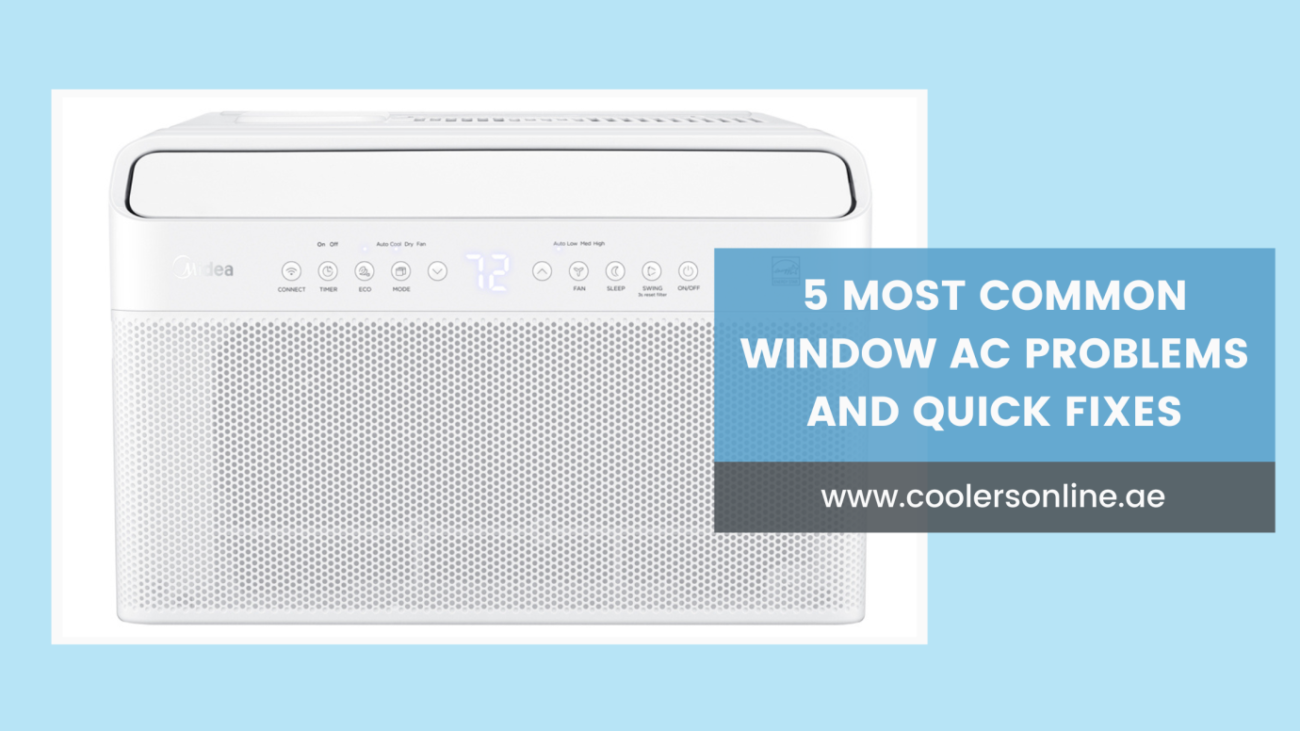As the scorching summer heat becomes unbearable, a reliable air conditioner becomes an essential appliance for many households and businesses. Among the various types of air conditioners available in the market, Split ACs have emerged as a popular choice due to their numerous advantages. In this article, we will delve into the features that make Split ACs stand out and explore why they are a preferred cooling solution for a wide range of users.
What is a Split AC?
Before we discuss the reasons behind the popularity of Split ACs, let’s understand what exactly a Split AC is. A Split AC comprises two main units: an indoor unit and an outdoor unit. The indoor unit is installed inside the room to be cooled, while the outdoor unit is placed outside the building. These units are connected through refrigerant lines and electrical cables, allowing them to function together to cool the indoor space effectively.
Advantages of Split ACs
- Energy Efficiency – One of the primary reasons for the widespread popularity of Split ACs is their energy efficiency. Unlike traditional window air conditioners, Split ACs are designed to cool specific zones, which means they consume less energy to maintain a comfortable temperature in a particular area.
- Easy Installation – The installation process of Split ACs is relatively simple compared to other types of air conditioners. Since there is no need for complex ductwork, the installation is less intrusive, making it a preferred choice for both homeowners and businesses.
- Cooling Performance – Split ACs are highly efficient at cooling rooms quickly and maintaining a consistent temperature, even during scorching summers.
- Zone Cooling – Split ACs offer the advantage of zone cooling, allowing users to adjust the temperature in different rooms independently. This feature enhances comfort and reduces energy wastage, making Split ACs a cost-effective cooling solution.
- Aesthetics – In terms of aesthetics, Split ACs have an edge over traditional window units. The indoor unit can be mounted on the wall or installed as a ceiling cassette, blending seamlessly with the interior decor and providing a modern and unobtrusive appearance.
- Quiet Operation – Split ACs are known for their quiet operation. The compressor and noisy components are housed in the outdoor unit, ensuring that the indoor environment remains peaceful and conducive to relaxation or work.
- Longevity and Durability – With proper maintenance, split ACs are known to have a longer lifespan, providing reliable cooling for many years.
Factors to Consider When Choosing a Split AC
While Split ACs offer numerous benefits, selecting the right unit requires considering several factors:
- Capacity – The cooling capacity of the Split AC must be chosen based on the size of the room. An undersized unit will struggle to cool the space efficiently, while an oversized one may lead to excess energy consumption.
- Energy Efficiency Ratio (EER) – The EER rating indicates the energy efficiency of the air conditioner. Higher EER ratings signify better energy efficiency, resulting in lower energy bills.
- Inverter Technology – Inverter-based Split ACs are more energy-efficient compared to conventional models. They can adjust their compressor speed to match the cooling demand, thereby reducing energy wastage.
- Cooling Range – Check the Split AC’s cooling range to ensure it can handle extreme temperatures prevalent in your region.
- Air Quality Features – Consider additional features such as air purification and dehumidification, which can improve indoor air quality.
Maintenance and Care of Split ACs
To ensure optimal performance and longevity of your Split AC, regular maintenance is essential:
- Regular Cleaning- Keep the air filters and vents clean to prevent dust and debris buildup, which can reduce cooling efficiency.
- Air Filter Replacement – Regularly replace or clean the air filters to maintain good air quality and improve energy efficiency.
- Professional Servicing – Schedule periodic professional servicing to address any potential issues and keep the unit running smoothly.
- Preventive Measures – Take preventive measures, such as keeping the outdoor unit free from obstructions and protecting it from direct sunlight, to avoid unnecessary strain on the system.
Comparing Split ACs to Other Types of Air Conditioners
To understand why Split ACs are preferred, let’s compare them to other types of air conditioners:
- Window ACs – Window ACs are economical but less energy-efficient. They are suitable for smaller spaces and require more extensive installation.
- Central ACs – Central ACs are suitable for cooling entire buildings, but they are expensive to install and maintain.
- Portable ACs – Portable ACs offer flexibility but are less efficient and noisier than Split ACs.
Common Misconceptions about Split Air conditioners
Despite their popularity, there are some misconceptions surrounding Split ACs:
- Cost – While the initial cost of a Split AC may be higher than some other types, its energy efficiency and long-term savings offset the higher investment.
- Installation Complexity – Many users fear that Split ACs are difficult to install. However, professional installation services make the process hassle-free.
- Cooling Performance – Some believe that Split ACs may not cool as effectively as central air conditioning systems. In reality, they offer excellent cooling when appropriately sized for the room.
- Environmental Impact and Sustainability – Split ACs with high energy efficiency contribute to reducing the overall carbon footprint. Opting for eco-friendly refrigerants can further enhance their environmental impact.
Conclusion
Split Air Conditioners have rightfully earned their popularity due to their energy efficiency, easy installation, zone cooling capabilities, and aesthetic appeal. With advancements in technology, they continue to dominate the air conditioner market as a reliable and effective cooling solution for both residential and commercial spaces. When choosing a Split AC, consider the specific requirements of your space and opt for regular maintenance to ensure its optimal performance for years to come.
FAQs
Q. Are split air conditioners suitable for large rooms?
Yes, Split ACs come in various capacities, making them suitable for cooling large rooms as well.
Q. Can I install a Split AC myself?
It is recommended to hire a professional to ensure proper installation and avoid any potential issues.
Q. What is the average lifespan of a Split AC?
A Split AC can last for around 10 to 15 years with regular maintenance.
Q. Do Split ACs help with humidity control?
Yes, Split ACs have dehumidification features that help

































